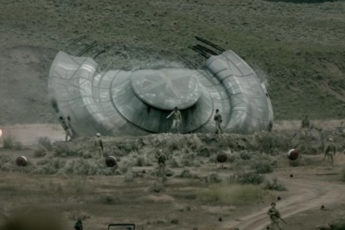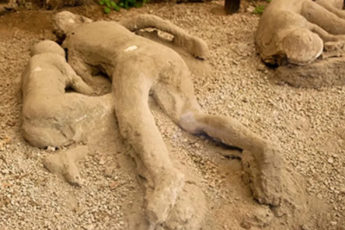At first, one plane disappeared from the radar screen, then the other. And almost immediately, a witness reported to the dispatch center: “Something is falling from the sky!” On August 11, 1979, two Tu-134s collided over Dniprodzerzhynsk, Ukraine.
They were flying at a speed of 800 km/hour. In dense clouds at an altitude of 9,000 meters, they did not see each other. One plane crashed into the other at a right angle, severing the cockpit. The planes spun around and collided tail to tail. The first plane disintegrated in the air, and the second crashed to the ground after a deadly nosedive. The wreckage and bodies of 178 dead were scattered over an area of 48 square kilometers.
Crowded skies
The planes belonged to the Moldavian and Belarusian Civil Aviation Administrations. The first was flying from Chelyabinsk to Chisinau, and the second was flying from Tashkent to Minsk and was also transporting the Uzbek football team “Pakhtakor.” The collision was caused by the fault of the Kharkiv dispatch center. They miscalculated the timing of the two flight paths crossing. When they realized their mistake, they tried to correct it by ordering the Belarusian plane to climb to a higher altitude. But it was the Il-62, the third plane that was nearby, that obeyed the order instead of the Tu-134. His pilot’s response was mistaken for a response from the Tu-134. A storm was approaching, and radio interference was strong, but this did not save the two dispatchers from a criminal charge. They were sentenced to 15 years in prison. Only one of them served his sentence. The second one hanged himself in his cell at the beginning of his term.
Double disaster
The tragedy received a lot of attention in the Soviet Union because of the death of “Pakhtakor.” The team was at the peak of its success, flying to Minsk for another match. The investigation was not publicized. But twenty years later, Judge Leonid Chaykovsky, who presided over the case, admitted that the pilot of the Belarusian plane was to blame. The black box recordings showed that the crew was celebrating the presence of the famous footballers on board. In short, everyone was drunk, and the dispatcher missed the team. “Still, the first one who is responsible for such incidents is always the air traffic controller,” says Viktor Pryadka, CEO of the Alliance Aviation Technologies Avintel:
“The collision warning system was then imperfect and did not alert the pilots that the planes were getting closer. Also, the equipment in the dispatch centers did not yet allow for a more accurate view of the planes, so the dispatcher could not properly separate the planes by altitude. But in any case, the pilot is obliged to follow the dispatcher’s instructions. That’s the rule.”
The pilots’ guilt in accidental collisions cannot be denied entirely. Two years before the Tu-134 collision, two Boeing 747s collided on the Canary Islands. One belonged to the USA, and the other to the Netherlands. The first one was crossing the runway from which the second one was taking off. In the double disaster, 583 people died. The Dutch crew taking off was found to be at fault.






